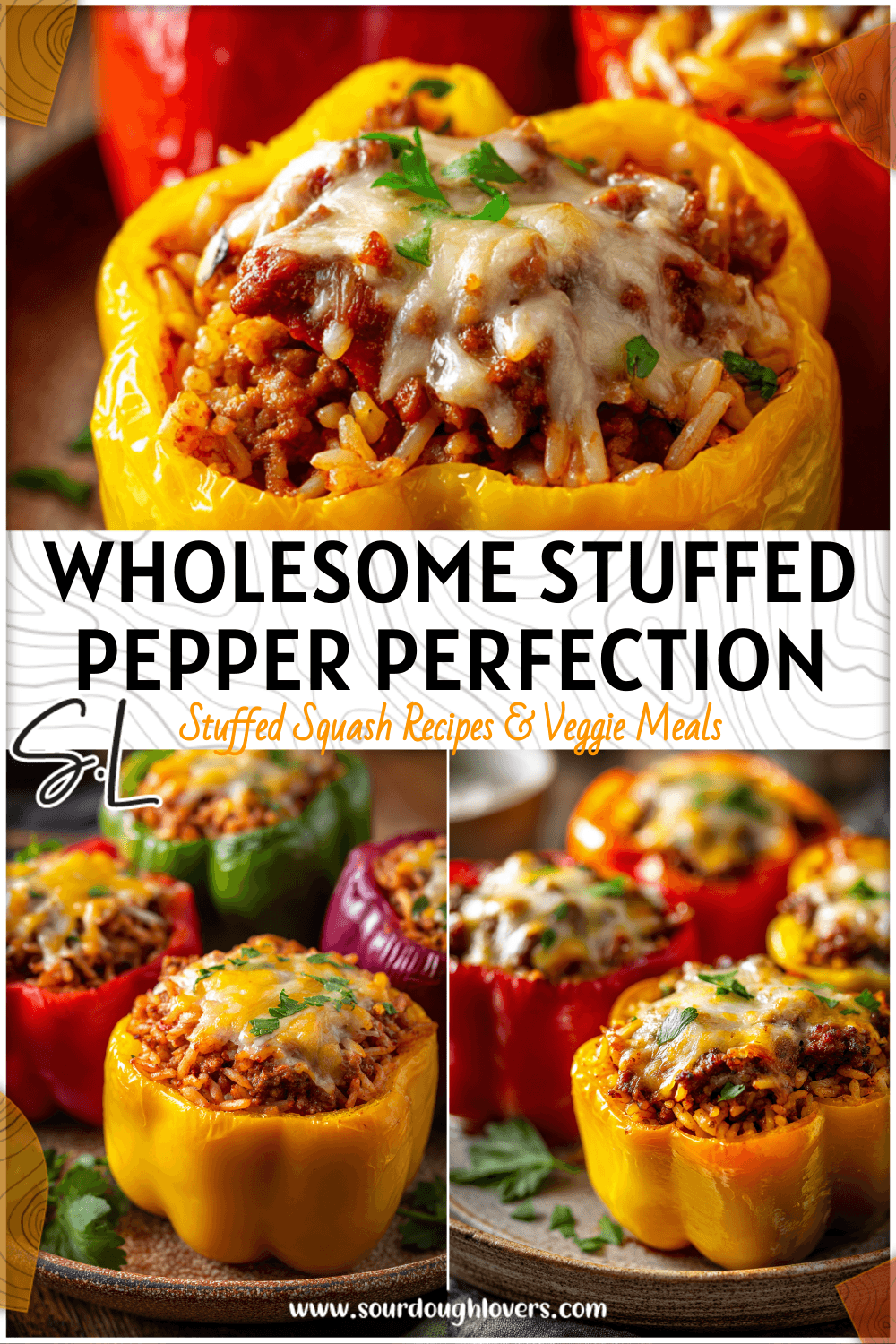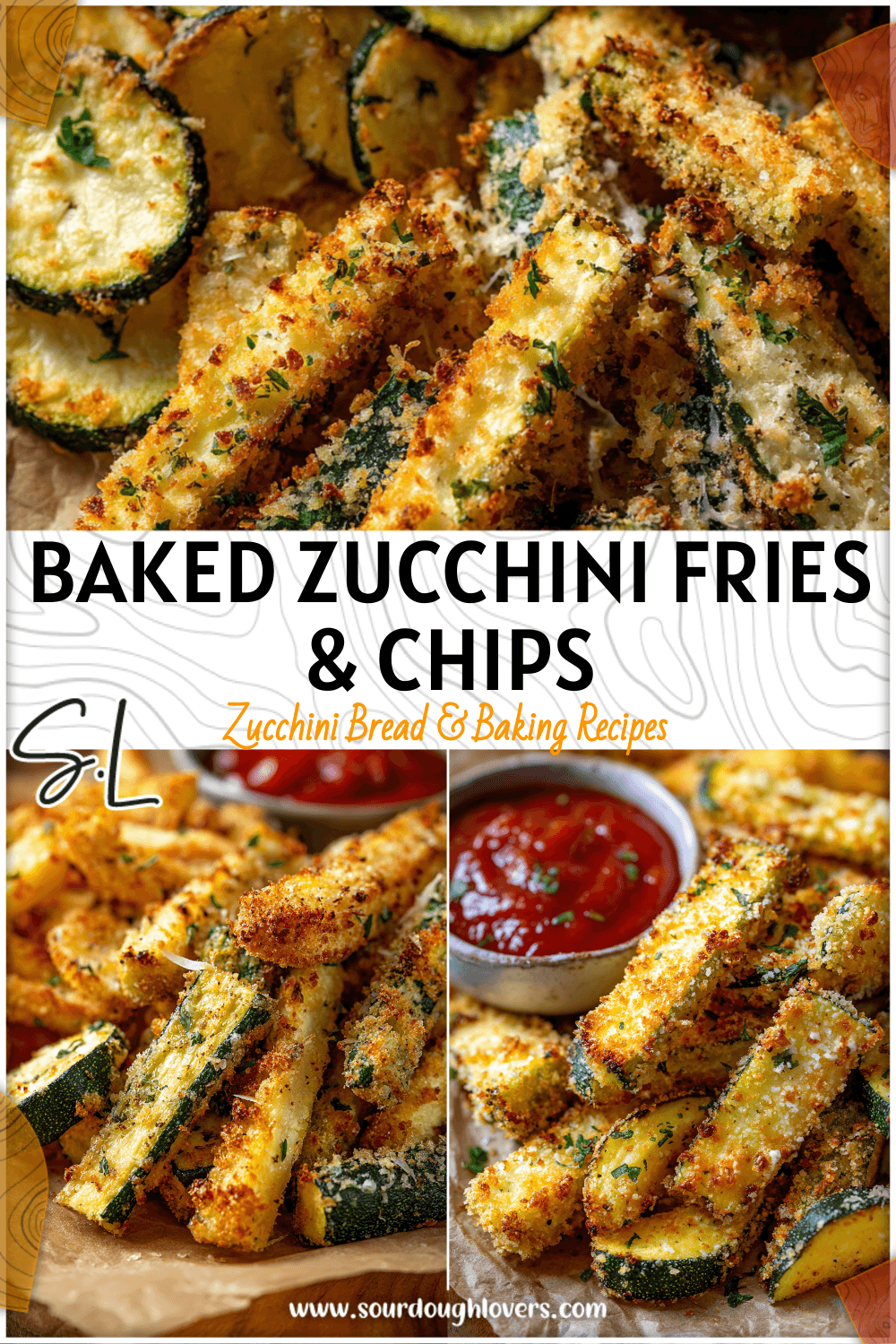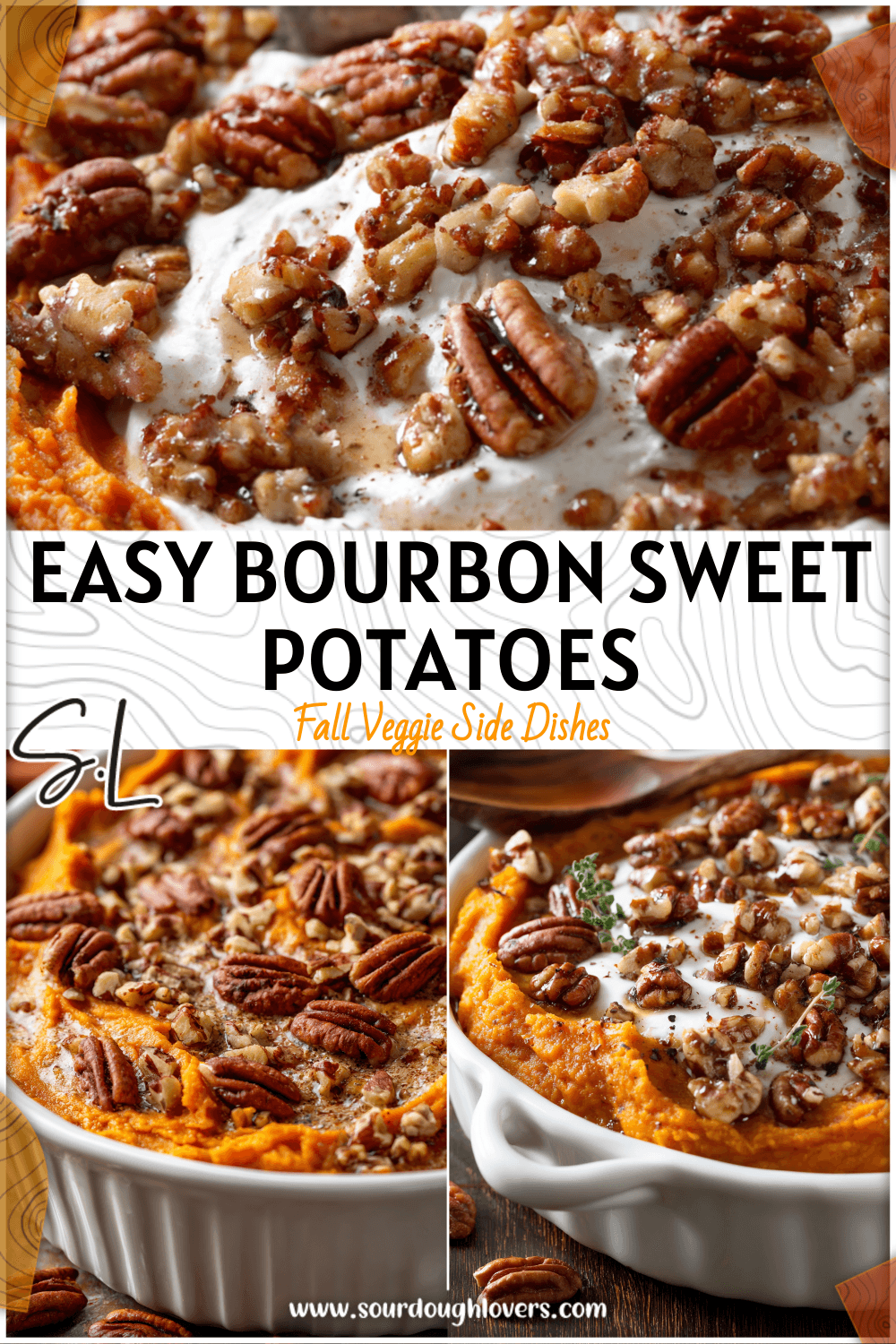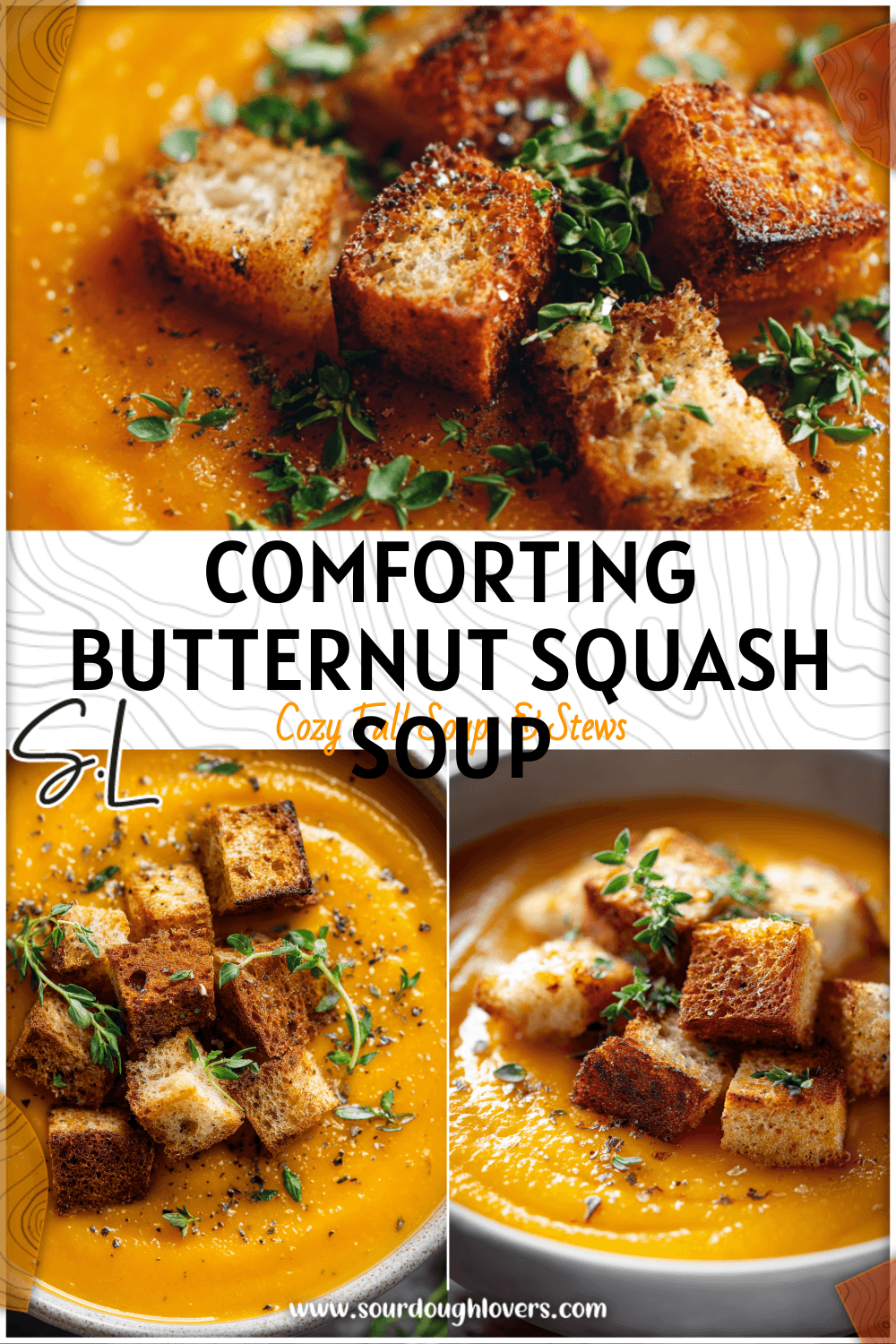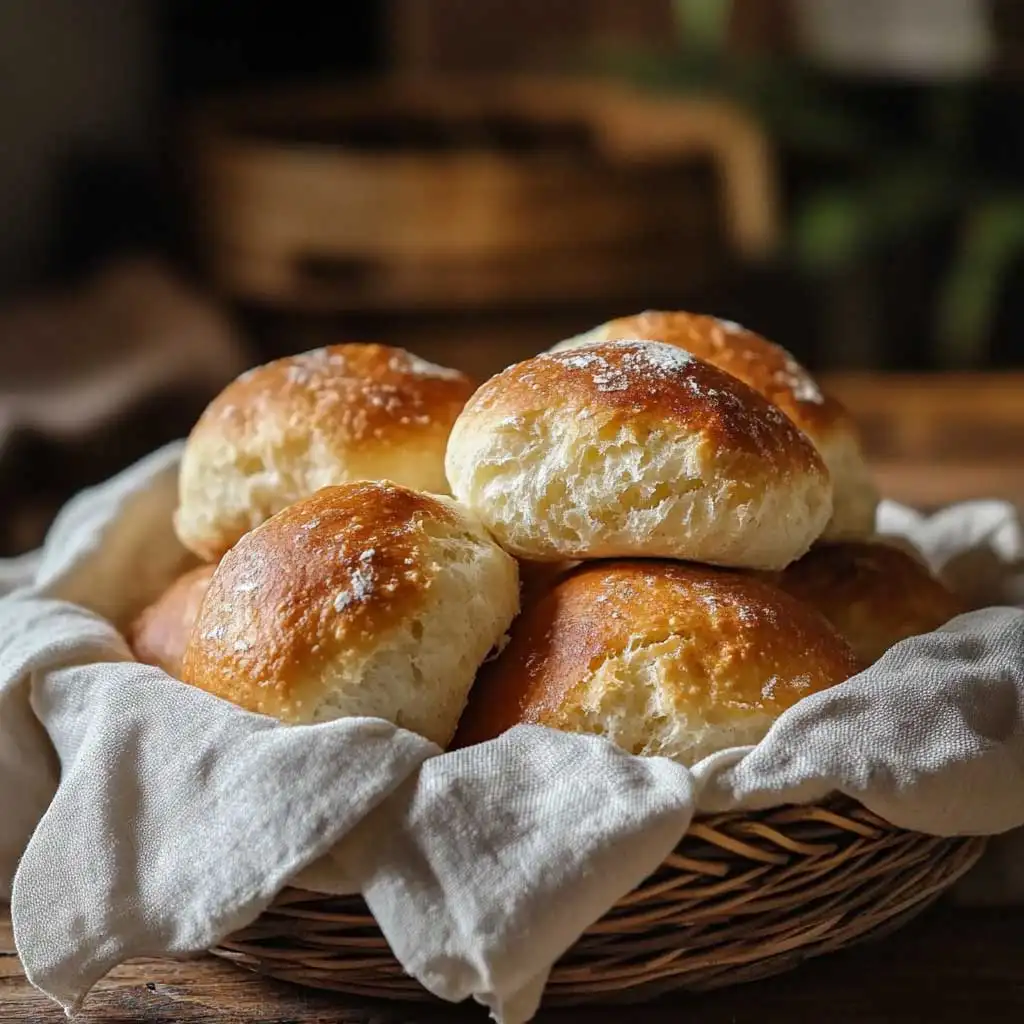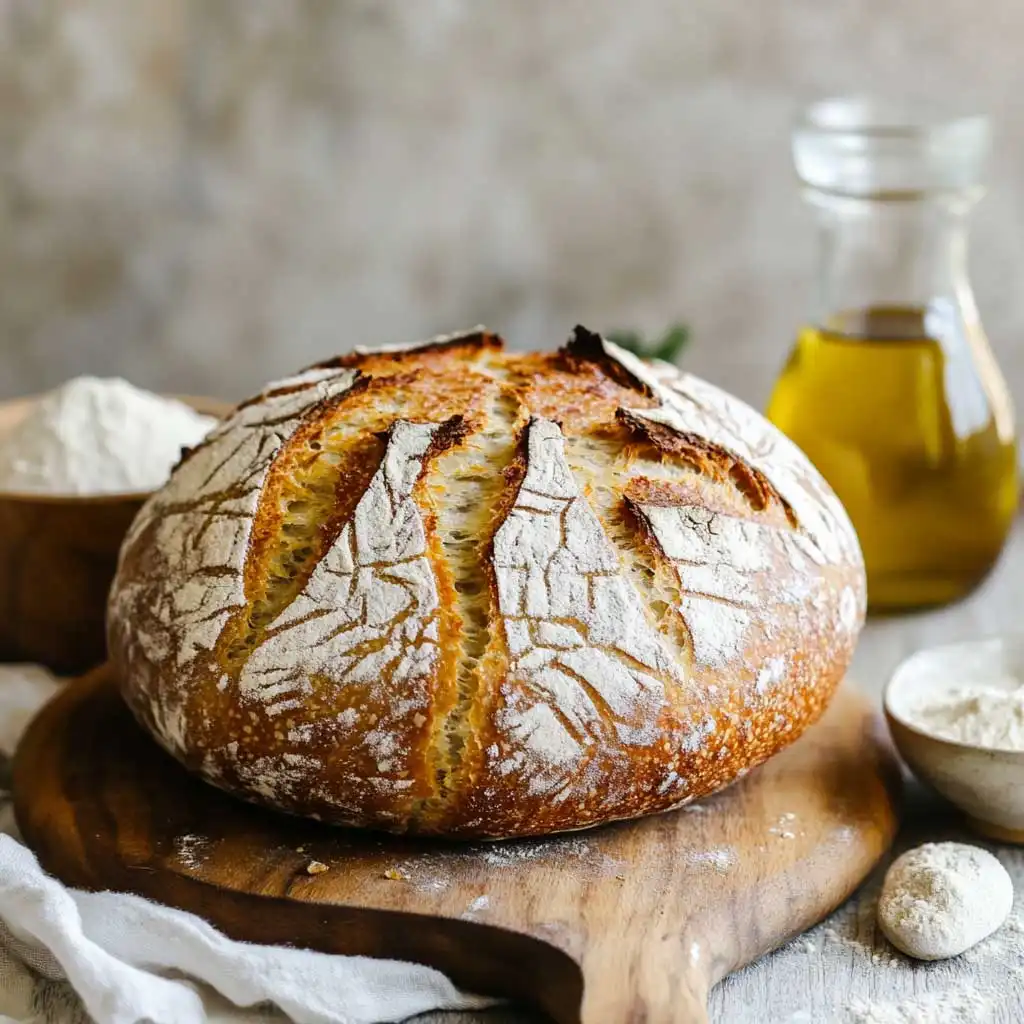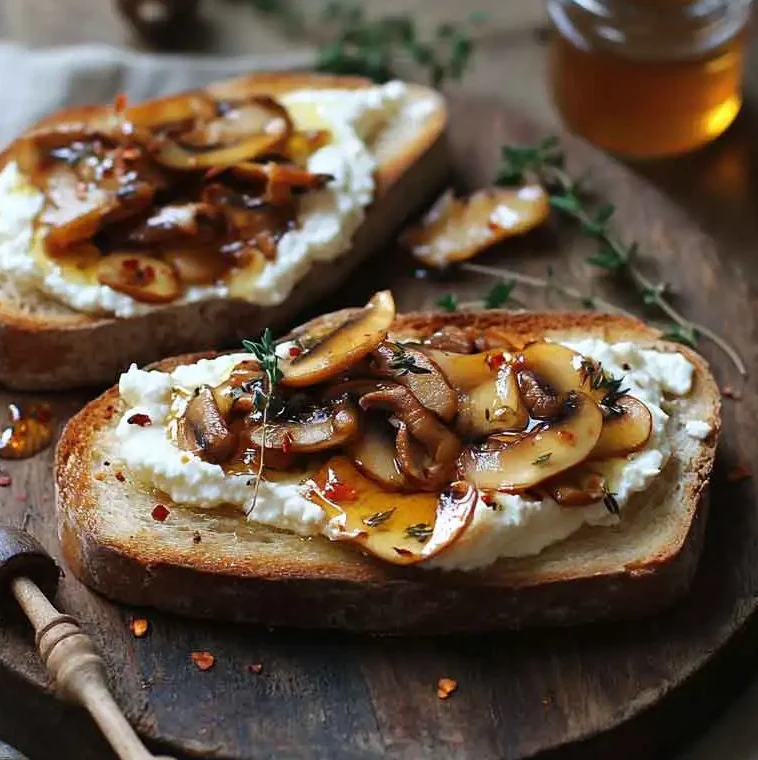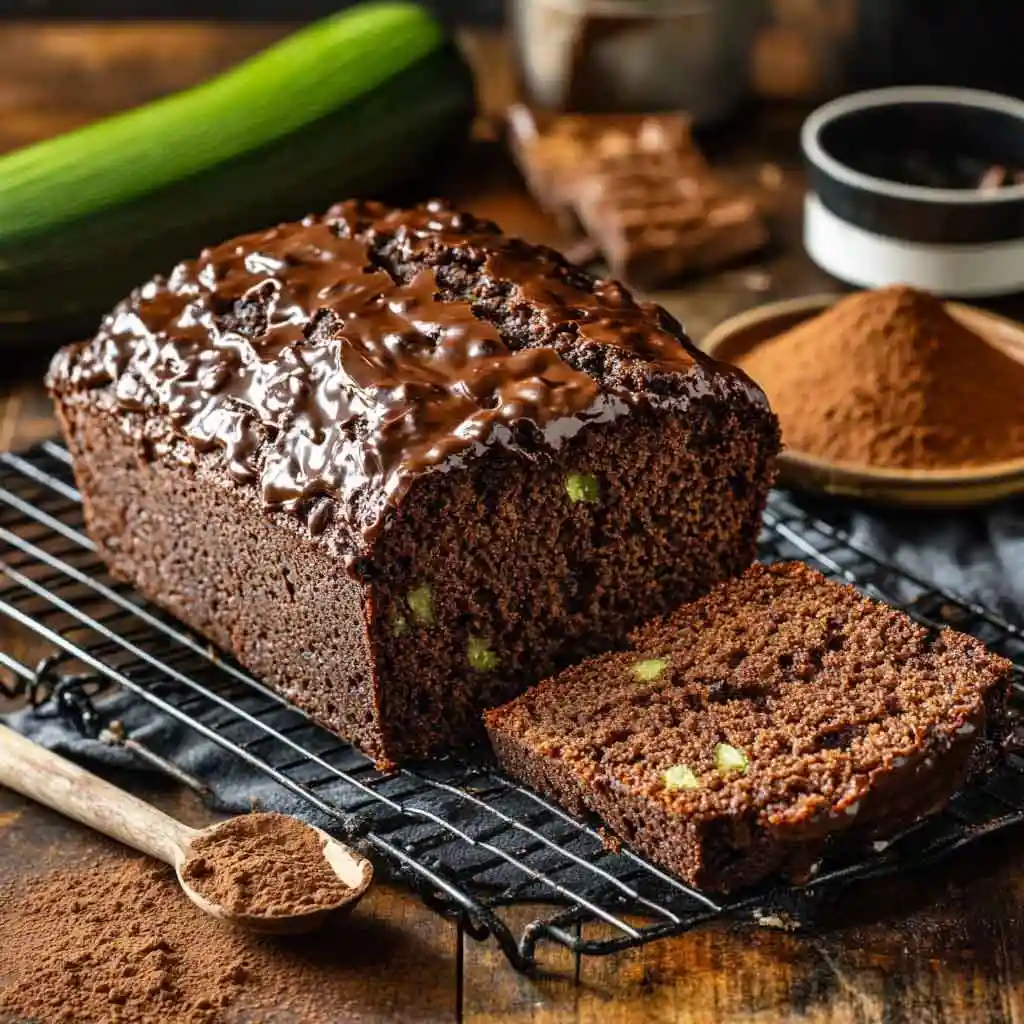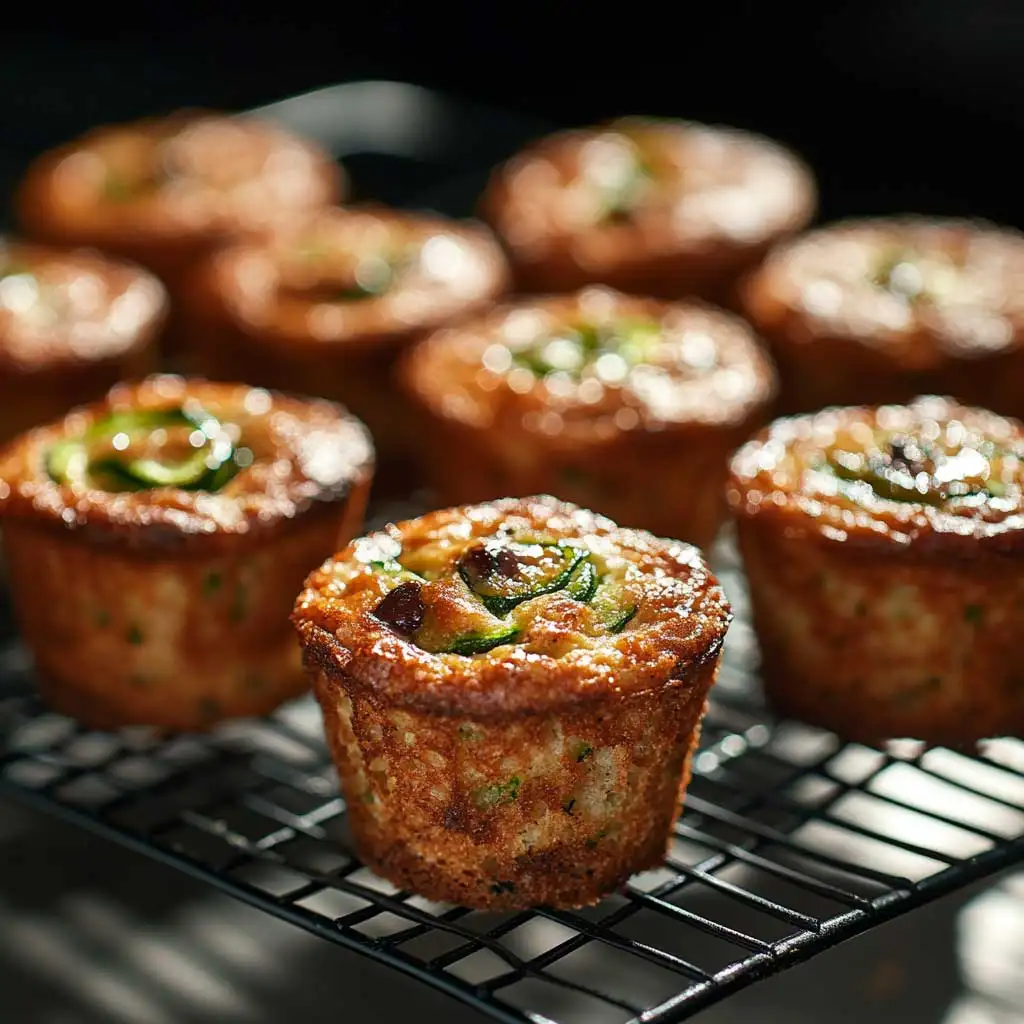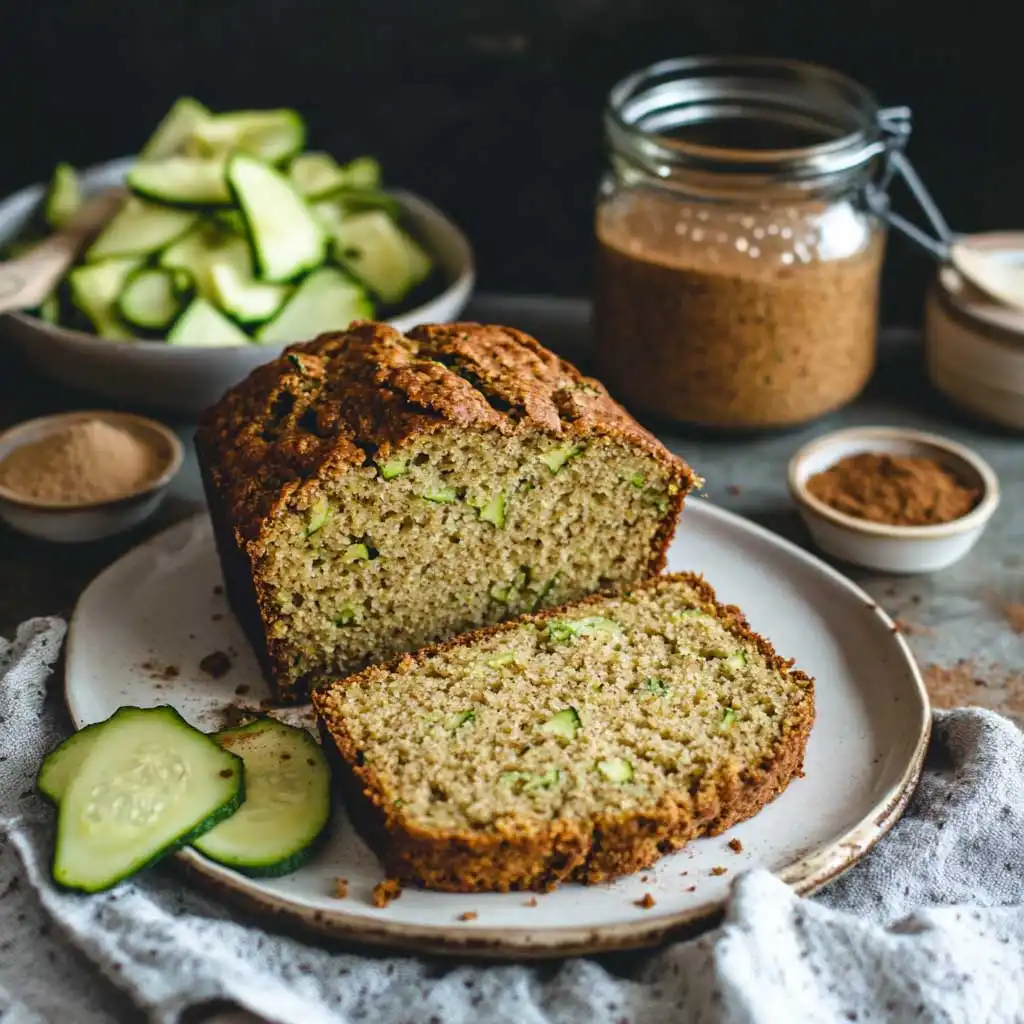Spaghetti squash is one of those vegetables that surprises almost everyone the first time they try it. Its golden skin hides tender strands that look just like pasta once baked or sautéed. If you’ve ever wondered how to eat spaghetti squash the easy way, this guide has you covered. From the simple step of cutting and roasting to experimenting with delicious spaghetti squash toppings, you’ll learn practical methods that make this seasonal favorite shine. We’ll talk about baking a spaghetti squash, quick mashed spaghetti squash recipes, sautéed spaghetti squash sides, and inventive ideas for enjoying this veggie all year long.
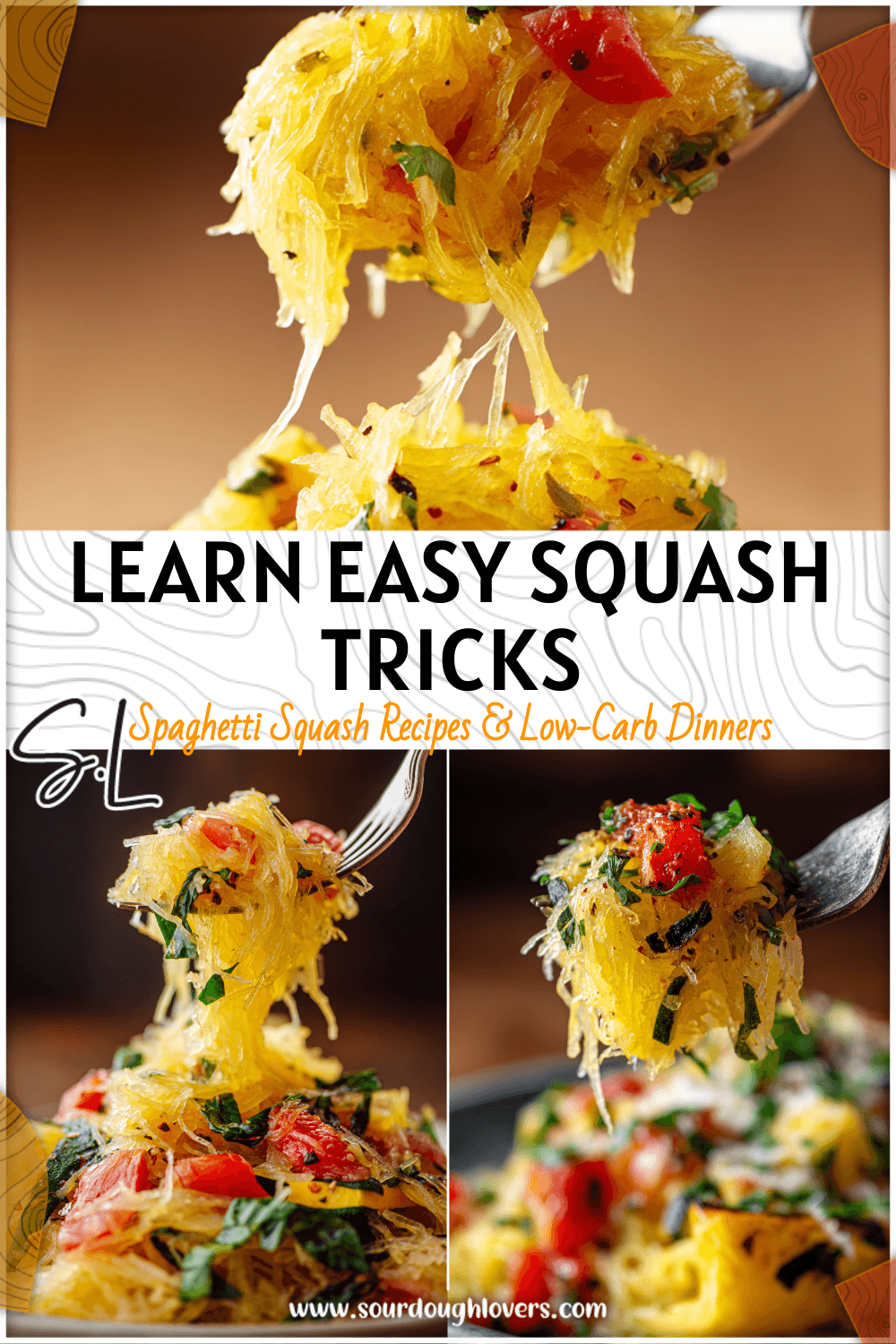
Memories of Spaghetti Squash at Home
I still remember the first time I tried spaghetti squash—it was one of those cozy autumn evenings when my family wanted something different yet comforting. As soon as we baked the spaghetti squash and ran a fork through it, the pale golden strands unraveled into spaghetti-like noodles. I couldn’t believe that a vegetable could mimic pasta so closely! From then on, learning how to eat spaghetti squash became a family ritual. We dressed it up with simple spaghetti squash toppings like olive oil, parmesan, or tomato sauce, and over time, baking a spaghetti squash turned into one of our go-to fall and winter dinners.
Beyond the novelty of its noodle-like strands, spaghetti squash is worth cooking for its light, slightly sweet flavor and its incredible versatility. Unlike traditional pasta, it’s naturally low in carbs and calories, making it a great base for comfort food-style meals without the heaviness. Mashed spaghetti squash recipes show its creamy side, where butter, garlic, and herbs transform it into an elegant side dish. On the other hand, sautéed spaghetti squash brings out its nutty flavor in a quick skillet meal tossed with seasonings and vegetables. Whether baked, mashed, or sautéed, this golden squash adds variety and creativity to everyday cooking.
One of the best things about baking a spaghetti squash is how few ingredients you actually need. At its core, all you’ll use is:
Print
How to Eat Spaghetti Squash the Easy Way
- Total Time: 55 minutes
- Yield: 4 servings 1x
Description
This simple guide shows you how to transform spaghetti squash into tender, noodle-like strands by baking, then enjoy it mashed or sautéed with flavorful toppings. It’s a light, versatile side dish perfect for healthy meals.
Ingredients
Instructions
1. Preheat the oven to 400°F (200°C).
2. Cut the spaghetti squash in half lengthwise and scoop out the seeds.
3. Brush the cut sides with olive oil and season with salt and black pepper.
4. Place squash halves cut-side down on a parchment-lined baking sheet.
5. Roast for 35–45 minutes until the flesh is tender and strands pull away with a fork.
6. Let the squash cool slightly, then use a fork to scrape out spaghetti-like strands.
7. For mashed squash, combine strands with butter, garlic, and parmesan in a bowl and mash until creamy.
8. For sautéed squash, heat a skillet with olive oil, add squash strands, and cook until lightly browned. Season and top with herbs.
9. Serve warm with your choice of sauces or toppings.
- Prep Time: 10 minutes
- Cook Time: 45 minutes
- Category: side dish
- Method: roasting
- Cuisine: american
Nutrition
- Serving Size: 1 cup
- Calories: 150
- Sugar: 6
- Sodium: 150
- Fat: 7
- Saturated Fat: 1
- Unsaturated Fat: 5
- Trans Fat: 0
- Carbohydrates: 20
- Fiber: 4
- Protein: 3
- Cholesterol: 0
Keywords: spaghetti squash, easy squash recipe, roasted spaghetti squash, mashed spaghetti squash, sautéed squash, low carb vegetable, healthy side dish, gluten free, vegetarian
Baking a Spaghetti Squash
Ingredients and Tools You’ll Need
- 1 spaghetti squash (medium to large)
- 1–2 tablespoons olive oil
- Salt and black pepper (to taste)
Optional flavor boosters might include minced garlic, dried Italian herbs, or a sprinkle of paprika for color. To make the process smooth, it helps to have the right tools on hand. You’ll need a sharp chef’s knife to cut through the thick outer skin, a sturdy spoon to scoop out the seeds, and a baking sheet lined with parchment paper to prevent sticking. With this simple setup, baking a spaghetti squash becomes an easy, stress-free step toward delicious strands you can customize with endless flavors.
Step-by-Step Method for Perfect Roasting
- Preheat your oven to 400°F (200°C) for a steady, even roast.
- Cut the squash in half lengthwise with care, using a sharp knife. Scoop out the seeds and stringy pulp.
- Season the squash by brushing the inside with olive oil, then sprinkling with salt, black pepper, and any herbs you like.
- Place cut-side down on the lined baking sheet. This traps steam and makes the strands more tender.
- Roast for 35–45 minutes depending on the size of your squash. It’s ready when the flesh pulls away easily with a fork.
Once baked, flip the halves over and let them cool slightly. Then comes the magic: run a fork gently across the flesh, and you’ll see roasted spaghetti squash strands that look just like noodles. This fork-twirling spaghetti squash trick is a fun reveal every time. Whether you’re topping it with tomato sauce, pesto, or browned butter, this method guarantees tender strands that are perfect for a wholesome, versatile meal.
Different Ways to Eat Spaghetti Squash
Mashed Spaghetti Squash Recipes
Once you’ve roasted your spaghetti squash, one of the most comforting ways to enjoy it is by mashing. After scraping out the roasted spaghetti squash strands, transfer them to a bowl and use a fork or potato masher to gently blend the fibers into a creamy, mashed texture. This creates a base similar to mashed potatoes but lighter and more subtly sweet.
For simple mashed spaghetti squash recipes, start with a knob of butter, minced garlic, and a pinch of salt. Adding parmesan or cream cheese makes it rich and indulgent, while chopped parsley or thyme brightens it up for a fresher finish. You can serve mashed spaghetti squash as a cozy side dish to roasted meats, or even use it as a low-carb substitute under stews and curries. It’s one of the easiest tricks when learning how to eat spaghetti squash in a way that feels satisfying, comforting, and versatile at the same time.
Sautéed Spaghetti Squash with Tasty Toppings
If you prefer more texture and flavor variety, sautéed spaghetti squash is another quick and delicious option. Begin with already roasted strands, then toss them into a warm skillet with olive oil or butter. Let them sizzle a few minutes to pick up a lightly caramelized edge. From here, the possibilities open up:
- For simple elegance, add garlic, a squeeze of lemon, and fresh herbs.
- For rich flavor, sprinkle in parmesan, toasted pine nuts, or red pepper flakes.
- For a heartier dish, sauté the strands with mushrooms, spinach, or cherry tomatoes.
Experimenting with different spaghetti squash toppings makes each serving unique. You might even toss it in pesto or a light tomato sauce—it’s sturdy enough to carry bold flavors while staying lighter than traditional noodles. With this method, sautéed spaghetti squash transforms into a colorful, customizable side or main course, showing just how versatile this humble squash can be.
Frequently Asked Questions
How do you cut a spaghetti squash safely?
Because of its thick outer skin, cutting a spaghetti squash can be tricky. Use a heavy, sharp chef’s knife and place the squash on a stable cutting board. To make things easier, you can microwave the whole squash for 2–3 minutes to slightly soften the skin before slicing lengthwise.
Can you eat spaghetti squash raw?
Technically yes, but raw spaghetti squash is dense and crunchy, not stringy. Most people prefer baking or roasting it since heat transforms the flesh into tender, roasted spaghetti squash strands that resemble pasta.
What toppings work best on spaghetti squash?
Classic spaghetti squash toppings include marinara sauce, olive oil with garlic, or a sprinkle of parmesan cheese. You can also get creative with pesto, sautéed vegetables, or chili flakes for heat.
Can spaghetti squash be stored and reheated?
Yes! Once cooked and scraped into strands, spaghetti squash keeps well in the fridge for 4–5 days. You can reheat it in a skillet with a drizzle of oil or even quickly in the microwave.
How is spaghetti squash different from zucchini noodles?
Zucchini noodles (zoodles) are raw or lightly sautéed spirals, while spaghetti squash develops its noodle-like strands only after being baked. Both are lighter than pasta, but spaghetti squash tends to have a sweeter, nuttier flavor.
Conclusion
Thinking back to my first time trying spaghetti squash, I still remember the surprise of twirling those golden strands on my fork—and realizing they could stand in for pasta. Since then, it’s become a family favorite we return to each fall and winter. The beauty of this vegetable is its versatility: you can enjoy it by baking a spaghetti squash, turning it into creamy sides with mashed spaghetti squash recipes, or tossing it quickly into the pan for flavorful sautéed spaghetti squash meals. With endless options for toppings and pairings, it’s a dish that never gets boring.
So if you’ve been wondering how to eat spaghetti squash the easy way, start with roasting, then experiment with new flavors and seasonal twists. This golden veggie has all the comfort of pasta with the bonus of being light, nourishing, and endlessly customizable.





